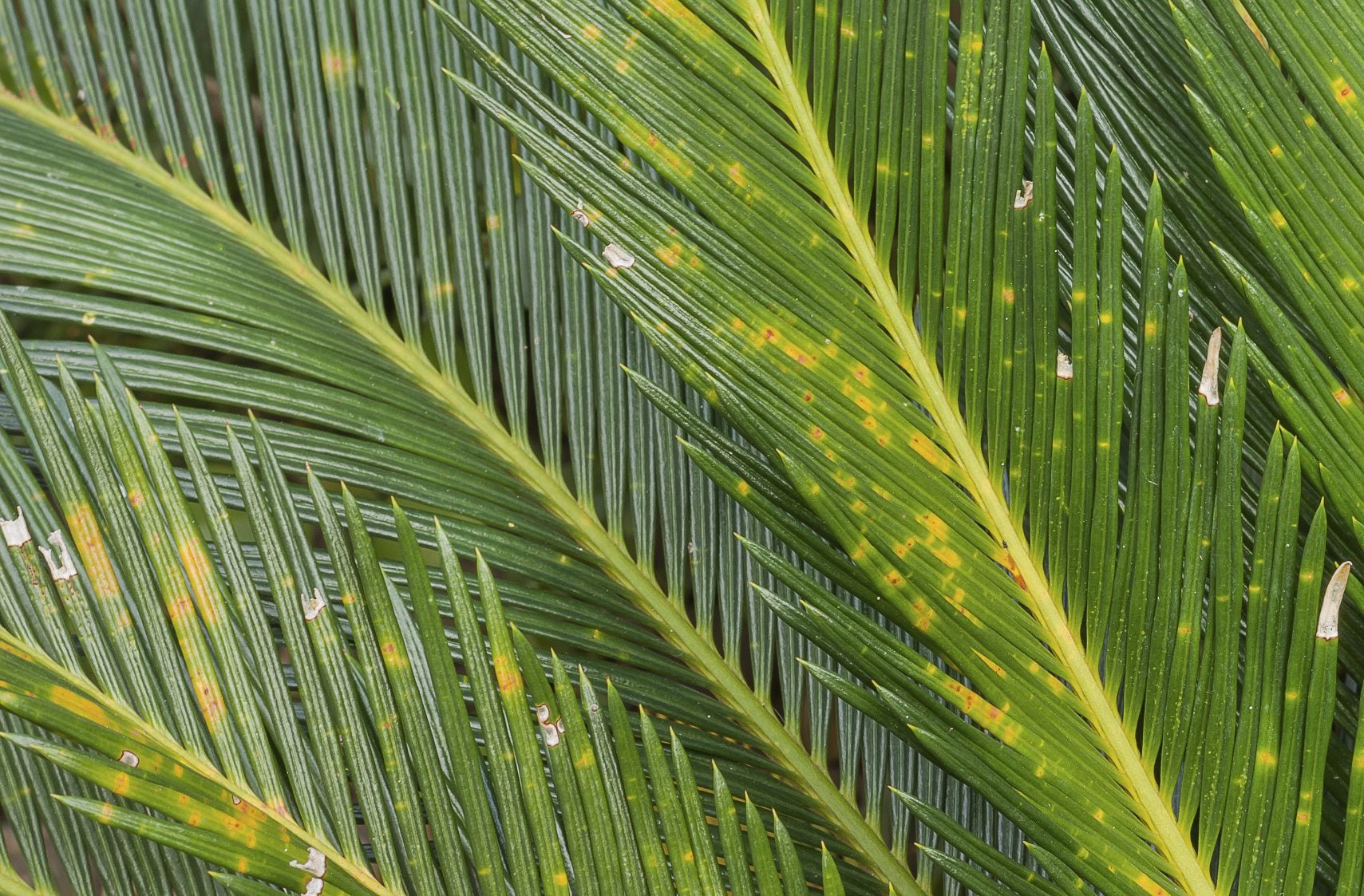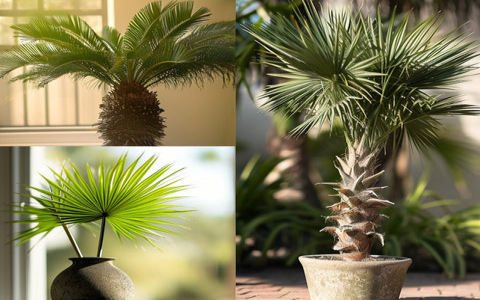Okay, so, today I want to talk about palm tree pests and diseases. You know, I’ve been growing these beauties in my backyard for a while now, and let me tell you, it’s not always smooth sailing. I started with a couple of small palms I picked up from a local nursery.
At first, I watered them regularly, making sure the soil was nicely soaked. Everything was fine, they were growing well, their fronds were green and lush. But then, I started noticing some weird spots on the leaves. Some of the fronds started turning brown and looked dry. I thought, maybe I wasn’t watering them enough? So, I increased the water, but the spots kept getting bigger and the leaves started looking worse.

That’s when I realized I had a problem on my hands. So, I started to check these issues, and guess what? Turns out, these spots are signs of leaf spot disease. Apparently, it is a common problem with palm trees. I also learned that there is another disease called Fusarium Wilt. But in my case, it’s mainly leaf spots.
After that, I did some research. I found out that to prevent the spread, it’s best to remove infected parts. So, I grabbed my pruning shears and started cutting off all the affected fronds. Even if a blade only had a few spots, I removed it, just to be safe. It felt a bit drastic, cutting away so much of my beautiful palms, but I didn’t want the disease to spread to my healthy trees.
Next, I got some copper fungicide. From what I read, it seemed to be a good option for treating this kind of disease, especially since I’m careful about what I use in my garden. I sprayed my palms, making sure to cover all the remaining fronds. I applied it a few times, especially after the rain.
It’s been a few weeks now, and I’m happy to say that my palms are looking much better. The new fronds that are growing are healthy and green, with no signs of those nasty spots. I’m still keeping a close eye on them, and I’ll keep using the fungicide as a preventative measure.
Here are some tips for any of you dealing with palm tree issues:
- Watering: Make sure your palms are getting enough water. The root area should be properly soaked, but be careful not to overwater.
- Pruning: At the first sign of trouble, prune away affected areas. This helps prevent the spread of disease.
- Treatment: Use a copper fungicide if you spot signs of disease. It’s a good option for treating leaf spots and other fungal issues.
- Observe: Keep a close watch on your palms. Early detection is key to managing pests and diseases.
Growing palm trees can be really rewarding, but it does take some work. Don’t get discouraged if you run into problems. Just do your research, take action, and hopefully, your palms will thrive. Happy gardening, everyone!




















